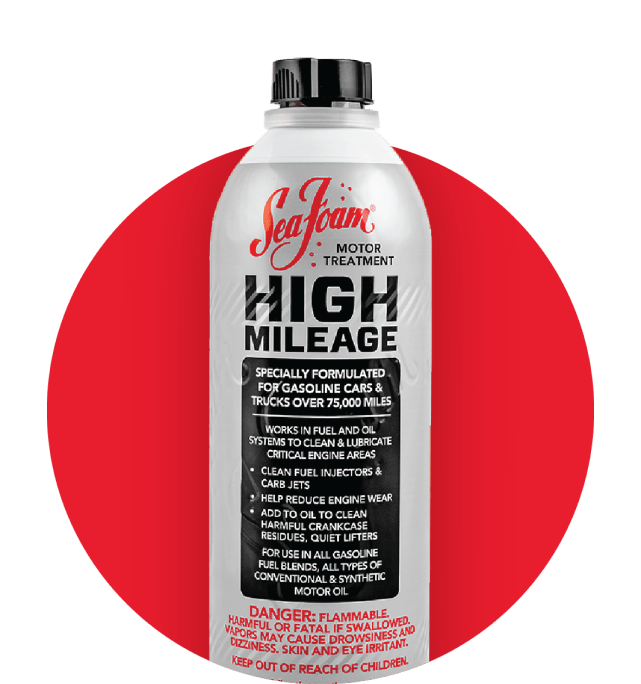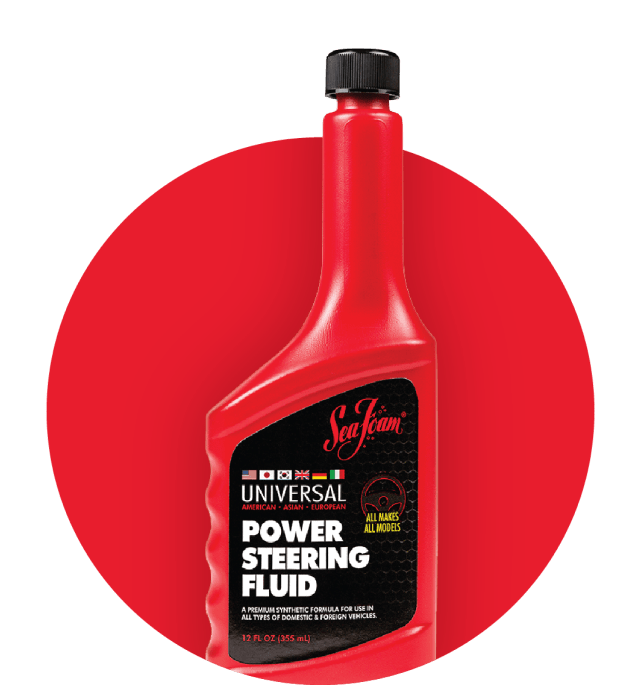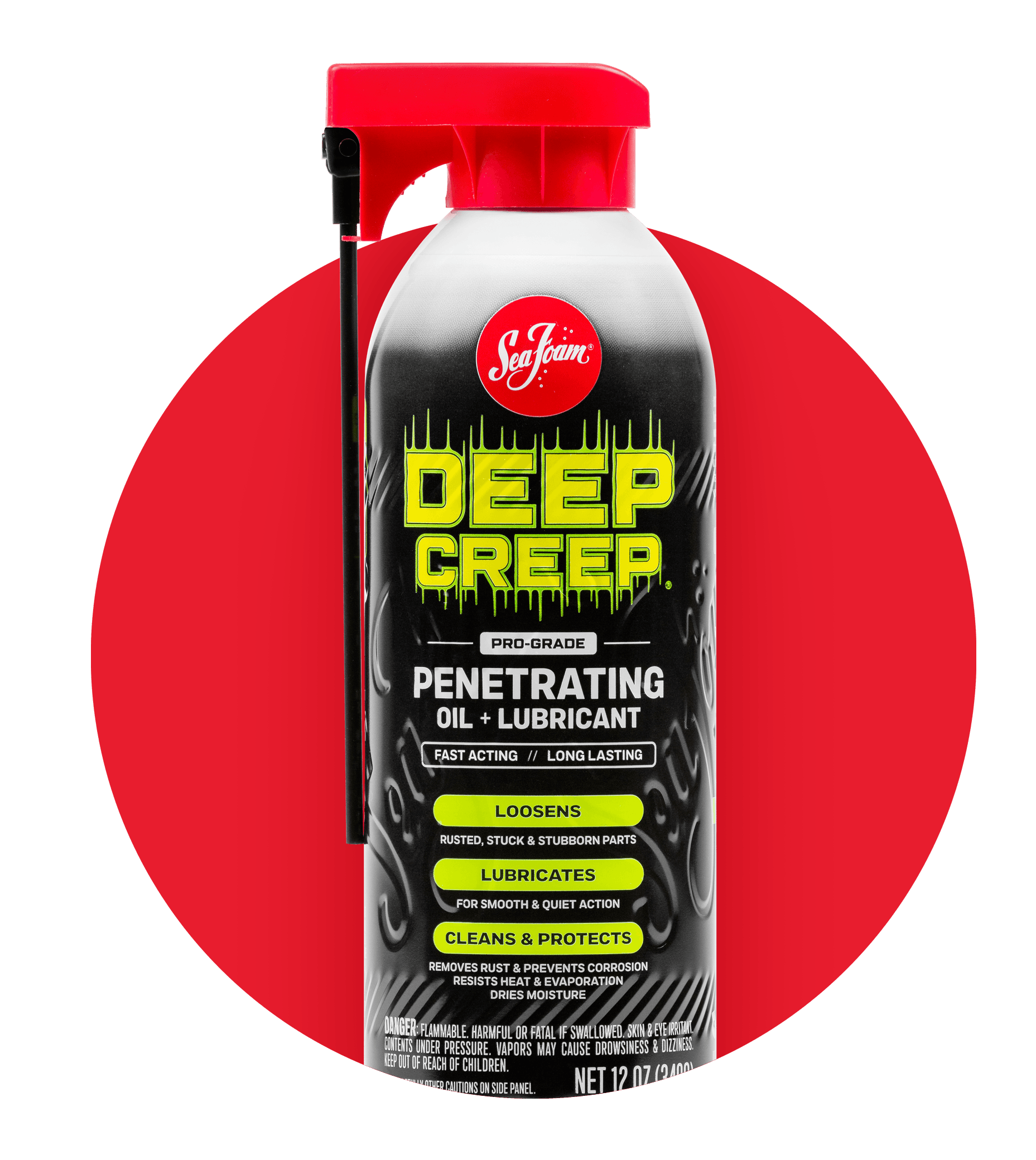CAUSES AND FIXES FOR YOUR CAR’S LOSS OF POWER
There are many reasons your vehicle’s engine might lose power.
An engine needs air, compression, spark and fuel to run. Each one of those elements has associated parts that need to function properly to get you moving. If any of these systems fail, it can show up as a loss of performance and lead to a cascading effect that can create worse problems down the road.
HOW TO MAINTAIN OR
RESTORE ENGINE POWER
Many of the reasons for a loss of engine power are preventable or easily correctable.
Inspect your air filter regularly and replace as needed. Check on your spark plugs and wires and replace those as needed, too. Keep your fuel system clean by using a treatment such as Sea Foam High Mileage Motor Treatment.
If you’re still noticing a lack of power after addressing those areas, you might need to work with a professional technician to check your compression, inspect your exhaust system or evaluate more complex components.
COMMON CAUSES OF LOSS OF POWER
Like the human body, an internal combustion engine depends on several different systems working together to run smoothly.
Almost every component of your vehicle’s engine requires service at regular intervals. If one component wears out or breaks, your engine will let you know—often in the form of lost performance. Let’s take a quick look at some of the most common power-loss culprits.
The gateway for air entering your engine, your air filter serves the essential function of filtering out dirt, bugs and debris that could cause serious engine damage. Over time, your air filter will become clogged, reducing the amount of air your engine can draw in and hurting performance.
Oxygen sensors are the controlling factor to your Engine Control Module (ECM) and allow the ECM to monitor what happens inside the cylinders during the combustion process. A slow or malfunctioning Oxygen Sensor can alter the ECM’s ability to control fuel properly and cause a lack of power and poor fuel efficiency.
Your fuel injectors deliver precise amounts of fuel into your engine’s combustion chambers, but they can suffer from carbon buildup over time. Clogged injectors can prevent proper fuel delivery, slowing you down.
Before fuel can get to your injectors, it needs to be pumped from your gas tank and filtered to ensure it’s clean. If you have a dirty fuel filter or a pump that is failing, your engine won’t get all of the fuel it needs to perform its best.
Whether it’s your battery, ignition coil, spark plugs or plug wires, your ignition system needs to be in good shape to provide the spark required to ignite the fuel/air mixture in each cylinder. If one component is limiting or preventing spark, you’ll notice a significant performance drop.
Exhaust is the final phase of the internal combustion process and needs to take place for the cycle to begin again. A clogged exhaust system will prevent this from happening and can dramatically reduce acceleration. The most common place for an exhaust system to clog is in the catalytic converter.
HOW SEA FOAM HIGH MILEAGE TACKLES LOSS OF POWER
Lost power is most common in higher mileage vehicles — those with some wear and tear that are more prone to residue buildup and worn parts.
A great way to prevent or stop a loss of power in these vehicles is with Sea Foam High Mileage, which is specially formulated for vehicles with 75,000 miles or more. High Mileage will clear up clogged injectors and clean your entire fuel system of harmful deposits.
High Mileage can also be used as a fuel stabilizer for vehicles that aren’t used frequently, and in your crankcase to clean oil residues and reduce long-term wear.
High Mileage can also be used as a fuel stabilizer for vehicles that aren’t used frequently, and in your crankcase to clean oil residues and reduce long-term wear.
#seafoamworks
Read Customer ReviewsCollapse Customer Reviews
related
products
For motors of all shapes and sizes.



